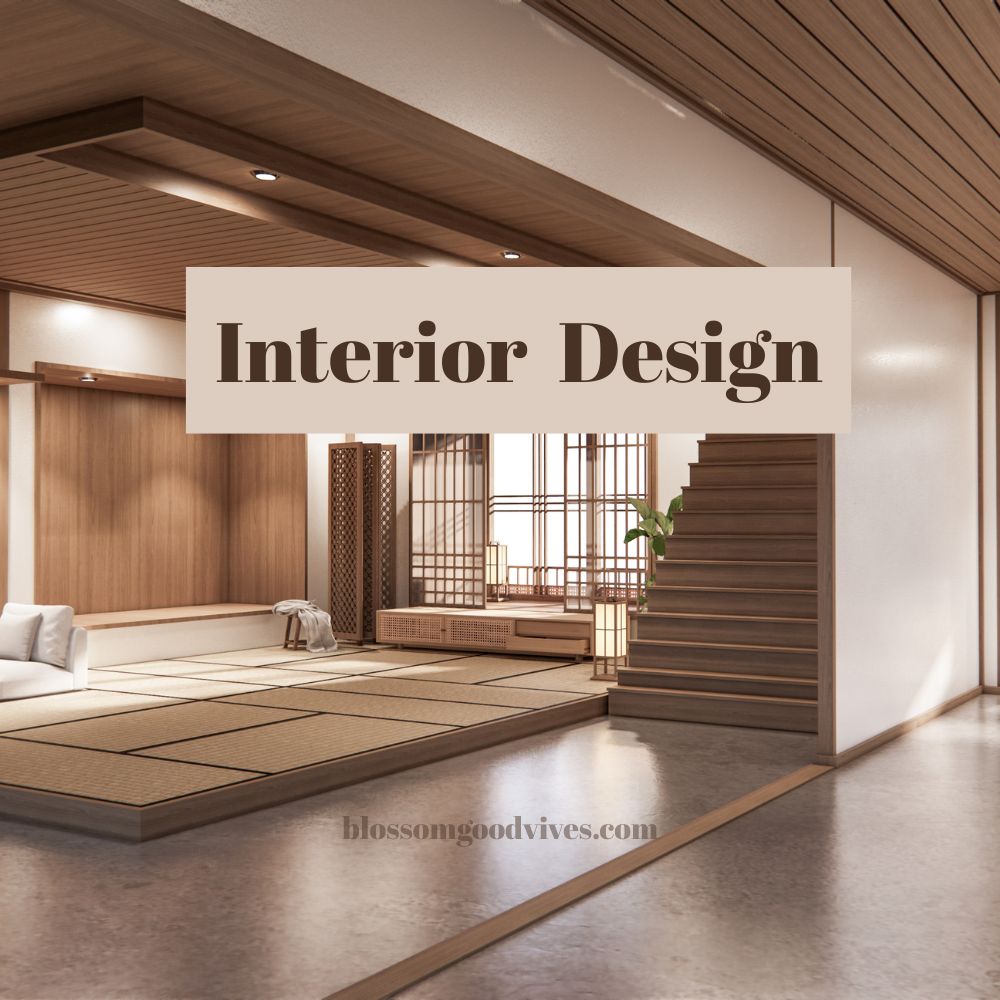
Interior design is more than just arranging furniture or picking colors—it’s a blend of creativity, functionality, and psychology that transforms spaces into aesthetically pleasing and efficient environments. Whether it’s a cozy home, a sleek office, or a luxurious hotel, interior design plays a crucial role in shaping how people experience a beautiful space.
What is Interior Design?
Interior design is the art and science of enhancing the interior of a space to achieve a healthier, more visually appealing environment. It involves:
Space planning (layout optimization)
Material selection (flooring, furniture, fabrics)
Color theory (psychology of hues)
Lighting design (natural & artificial light balance)
Sustainability (eco-friendly materials and practices)
A well-designed space improves functionality, mood, and productivity, making it essential for both residential and commercial settings.
Scope of Interior Design
Interior design spans various sectors, each with unique requirements:
1. Residential Interior Design
Focuses on homes, apartments, and private spaces.
Includes living rooms, bedrooms, kitchens, and bathrooms.
Emphasizes comfort, personal style, and family needs.
2. Commercial Interior Design
Covers offices, retail stores, restaurants, and hotels.
Prioritizes brand identity, customer experience, and efficiency.
Examples: Open-plan offices, luxury hotel lobbies, boutique stores.
3. Hospitality Design
Specializes in hotels, resorts, and restaurants.
Balances luxury, comfort, and functionality.
Uses themes, textures, and lighting to create ambiance.
4. Healthcare Design
Focuses on hospitals, clinics, and wellness centers.
Requires hygienic materials, calming colors, and accessibility.
Aims to reduce stress for patients and staff.
5. Sustainable & Eco-Friendly Design
Uses recycled materials, energy-efficient lighting, and green walls.
Promotes biophilic design (integrating nature into interiors).
Popular in modern homes and corporate spaces.
Key Principles of Interior Design
To create harmonious spaces, designers follow these core principles:
1. Balance
Distributes visual weight evenly (symmetrical, asymmetrical, or radial balance).
Example: A large sofa balanced with two armchairs.
2. Harmony & Unity
Ensures all elements work together cohesively.
Achieved through color schemes, patterns, and textures.
3. Contrast
Adds drama through opposing elements (light vs. dark, rough vs. smooth).
Example: Black-and-white tiles or metallic accents against matte finishes.
4. Rhythm & Repetition
Creates movement through repeated patterns, colors, or shapes.
Example: A striped rug matching throw pillows.
5. Proportion & Scale
Ensures furniture and decor fit the space appropriately.
Example: A large chandelier in a grand foyer vs. a small pendant light in a bedroom.
6. Emphasis (Focal Point)
Draws attention to a key feature (fireplace, artwork, or accent wall).
Example: A bold-colored wall behind a bed.
Popular Interior Design Styles
Different aesthetics cater to varied tastes. Some trending styles include:
1. Minimalist
Clean lines, neutral colors, and clutter-free spaces.
Focuses on functionality and simplicity.
2. Scandinavian
Light woods, cozy textures, and natural light.
Emphasizes hygge (comfort) and practicality.
3. Industrial
Raw materials (exposed brick, steel beams, concrete floors).
Inspired by urban lofts and warehouses.
4. Bohemian (Boho)
Eclectic mix of colors, patterns, and global-inspired decor.
Features macramé, rattan, and vintage pieces.
5. Modern Farmhouse
Combines rustic charm with contemporary touches.
Uses shiplap walls, barn doors, and neutral palettes.
6. Art Deco
Glamorous, bold geometric patterns, and metallic finishes.
Popular in beautiful luxury hotels and upscale homes.
Career Opportunities in Interior Design
The field offers diverse roles, including:
Residential/Commercial Designer
Set Designer (Film/Theater)
Lighting Specialist
Furniture Designer
Sustainable Design Consultant
Skills required: Creativity, CAD software knowledge, project management, and client communication.
Interior design is a dynamic field which blends art, science, and psychology to create beautiful, functional spaces. From minimalist homes to luxurious hotels, its impact is everywhere. As trends evolve, sustainability and technology are shaping the future of design.
Whether you’re redesigning your home or considering a career in interior design, understanding its principles, styles, and scope helps in making informed, stylish choices.
